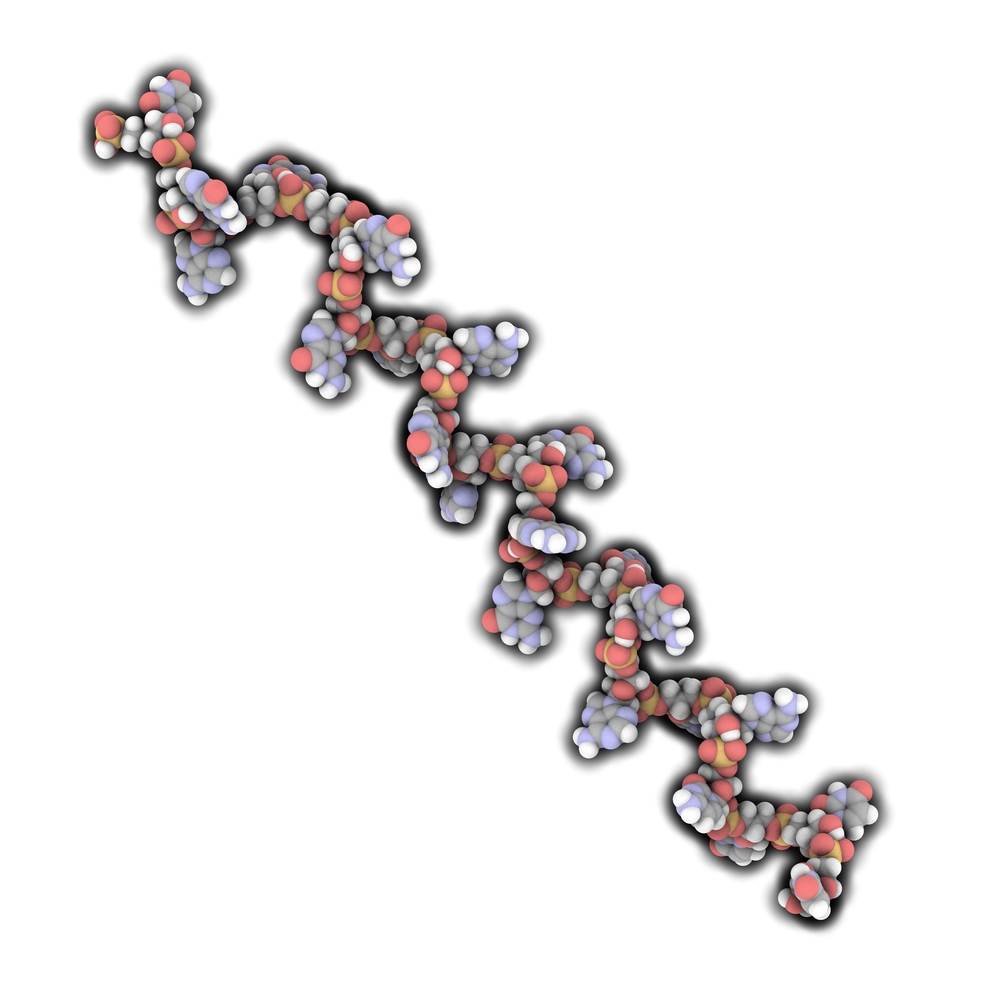Amyotrophic Lateral Sclerosis Biomarkers May Exist in Plasma

Japanese researchers have found possible biomarkers that could aid in the early detection of amyotrophic lateral sclerosis (ALS). The report, titled “Identification of plasma microRNAs as a biomarker of sporadic Amyotrophic Lateral Sclerosis” appeared on Oct. 24 in the journal Molecular Brain.
In ALS (also known as Lou Gehrig’s disease), nerve cells that control movement progressively die in the brain and spinal cord. This causes muscle weakness and paralysis, eventually affecting the ability to breathe. Unfortunately, there is no cure for the disorder, and very limited treatment options. Research into new possible treatments and ways of diagnosing the disease early are greatly needed. Specific ALS biomarkers could aid in such early diagnosis and also help monitor responses to treatment.
MicroRNAs (miRNAs) are small molecules involved in critical bodily processes, including central nervous system development. Because many genes associated with ALS may also affect miRNA production, the research team measured miRNA levels in the blood plasma of 30 ALS patients and compared them to 47 healthy individuals. The investigators, lead by Ikuko Takahashi of Hokkaido University Graduate School of Medicine, found significant differences by using what is known as a microarray to measure miRNA levels. Different expression levels of certain molecules in ALS patients could serve as a biomarker signature, leading to a pattern that can be used to identify and monitor disease. The team discovered that two specific miRNAs were consistently associated with ALS: hsa-miR-4649-5p, expressed at higher levels in ALS, and hsa-miR-4299 that was expressed at lower levels.
In their report the authors noted, “There was a negative correlation between total RNA concentration and disease duration from onset to end point. Three of the miRNAs were up-regulated and six were down-regulated significantly in the discovery cohort.”
The team concluded, “We have shown the relationship circulating plasma miRNA has with both healthy controls and diseased patients. Hsa-miR-4649-5p and hsa-miR-4299 have the potential to be ALS diagnosis biomarkers.” Further studies involving larger groups of people with ALS, however, are necessary to understand if indeed these biomarkers hold up as possible diagnostic tools.






